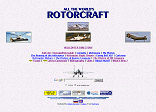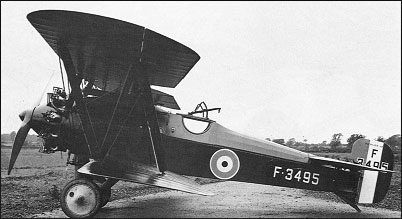|
| Intended as a successor to the F.2B two-seat fighterreconnaissance
aircraft, the F.2C Badger was designed for the 320hp ABC Dragonfly I nine-cylinder radial,
three prototypes being ordered. Armament comprised
two fixed 7.7mm Vickers machine guns and
a 7.7mm Lewis gun mounted on a Scarff ring
in the rear cockpit. The first prototype suffered a crash
landing as a result of an engine failure during its first
take-off on 4 February 1919, but was subsequently rebuilt
and flown. The second prototype was completed
with a nine-cylinder Cosmos Jupiter of 450hp and flew
on 24 May 1919, but later had a Dragonfly substituted
for the Jupiter. A third aircraft was completed as the
Badger II with a Cosmos Jupiter engine and redesigned
wings, this being re-engined in 1921 with a 385hp
Jupiter II (this power plant having meanwhile been
taken over by Bristol) and subsequently being used primarily
for engine development purposes.
 | A three-view drawing (1278 x 862) |
| MODEL | F.2C Badger (Dragonfly-engined |
| WEIGHTS |
| Take-off weight | 1430 kg | 3153 lb |
| Empty weight | 884 kg | 1949 lb |
| DIMENSIONS |
| Wingspan | 11.20 m | 37 ft 9 in |
| Length | 7.21 m | 24 ft 8 in |
| Height | 2.76 m | 9 ft 1 in |
| Wing area | 33.18 m2 | 357.15 sq ft |
| PERFORMANCE |
| Max. speed | 217 km/h | 135 mph |
|
Do you have any comments?
|
| 
COMPANY
PROFILE
All the World's Rotorcraft
|







